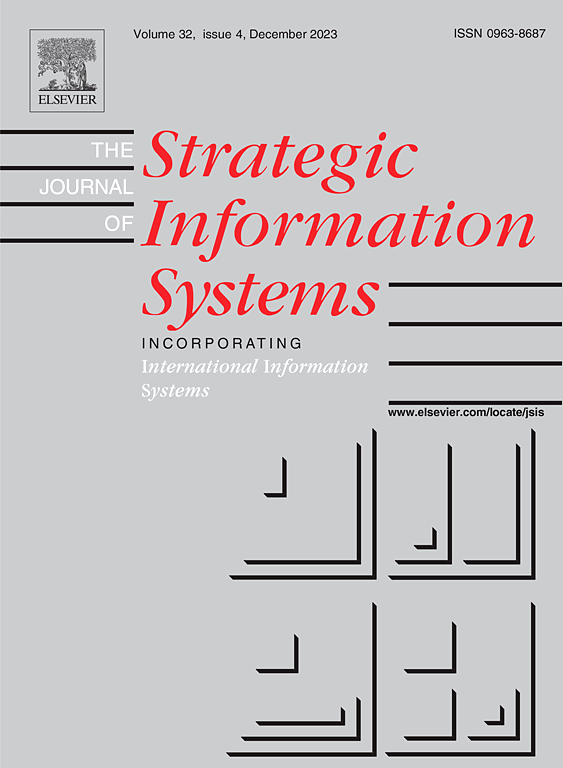SONC的双重性:基于电路的证书的进展
IF 1.1
4区 数学
Q4 COMPUTER SCIENCE, THEORY & METHODS
引用次数: 0
摘要
非负回路和锥是非负多项式/指数和锥的一个子集,近年来得到了广泛的研究。在本文中,我们构造了SONC锥的一个子集,我们称之为DSONC锥。DSONC锥体是由双SONC锥体自然衍生而来;成员可以通过线性规划测试。我们证明了DSONC锥是一个合适的、全维的锥,我们提供了它的极端射线的描述,并收集了几个与SONC锥相似的性质。此外,我们还证明了DSONC锥中的函数不可能有实零,这就产生了DSONC锥不与SONC锥的边界相交。进一步,我们讨论了DSONC锥与SOS和SDSOS锥的交点。最后,我们证明了DSONC锥边界上的电路函数是由平衡点决定的,因此平衡点类似于原始SONC锥中的奇点,并将DSONC锥与热带几何联系起来。本文章由计算机程序翻译,如有差异,请以英文原文为准。
The duality of SONC: Advances in circuit-based certificates
The cone of sums of nonnegative circuits (SONCs) is a subset of the cone of nonnegative polynomials / exponential sums, which has been studied extensively in recent years. In this article, we construct a subset of the SONC cone which we call the DSONC cone. The DSONC cone is naturally derived from the dual SONC cone; membership can be tested via linear programming. We show that the DSONC cone is a proper, full-dimensional cone, we provide a description of its extreme rays, and collect several properties that parallel those of the SONC cone. Moreover, we show that functions in the DSONC cone cannot have real zeros, which yields that DSONC cone does not intersect the boundary of the SONC cone. Furthermore, we discuss the intersection of the DSONC cone with the SOS and SDSOS cones. Finally, we show that circuit functions in the boundary of the DSONC cone are determined by points of equilibria, which hence are the analogues to singular points in the primal SONC cone, and relate the DSONC cone to tropical geometry.
求助全文
通过发布文献求助,成功后即可免费获取论文全文。
去求助
来源期刊

Journal of Symbolic Computation
工程技术-计算机:理论方法
CiteScore
2.10
自引率
14.30%
发文量
75
审稿时长
142 days
期刊介绍:
An international journal, the Journal of Symbolic Computation, founded by Bruno Buchberger in 1985, is directed to mathematicians and computer scientists who have a particular interest in symbolic computation. The journal provides a forum for research in the algorithmic treatment of all types of symbolic objects: objects in formal languages (terms, formulas, programs); algebraic objects (elements in basic number domains, polynomials, residue classes, etc.); and geometrical objects.
It is the explicit goal of the journal to promote the integration of symbolic computation by establishing one common avenue of communication for researchers working in the different subareas. It is also important that the algorithmic achievements of these areas should be made available to the human problem-solver in integrated software systems for symbolic computation. To help this integration, the journal publishes invited tutorial surveys as well as Applications Letters and System Descriptions.
 求助内容:
求助内容: 应助结果提醒方式:
应助结果提醒方式:


